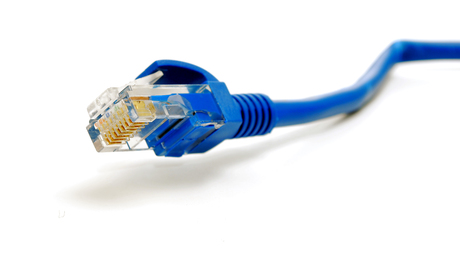Backdoor discovered in D-Link routers

Several D-Link router models contain a vulnerability that would give an interloper complete administrative access over the devices, according to one vulnerability researcher.
According to researcher Craig Heffner, an unauthorised user can gain administrative access to routers running v1.13 of D-Link’s DIR-100 revA firmware by simply changing the user agent on their web browser.
“If your browser’s user agent string is ‘xmlset_roodkcableoj28840ybtide’ (no quotes), you can access the web interface without any authentication and view/change the device settings,” Heffner wrote in a blog entry.
Several users commenting on the post claim to have verified the exploit on their own router, or that of a stranger, via the internet.
Interestingly, the user agent string used in the exploit, when spelt backwards, reads: “editby04882joelbackdoor_teslmx” - or, when cleaned up, “Edit by Joel backdoor”.
Speculating on the possible reason for such a backdoor’s existence, Heffner wrote: “The ever neighbourly Travis Goodspeed pointed out that this backdoor is used by the /bin/xmlsetc binary in the D-Link firmware. After some grepping, I found several binaries that appear to use xmlsetc to automatically re-configure the device’s settings (example: dynamic DNS).”
Heffner continued: “My guess is that the developers realized that some programs/services needed to be able to change the device’s settings automatically; realizing that the web server already had all the code to change these settings, they decided to just send requests to the web server whenever they needed to change something. The only problem was that the web server required a username and password, which the end user could change. Then, in a eureka moment, Joel jumped up and said, ‘Don’t worry, for I have a cunning plan!’”
According to Heffner, the vulnerability likely affects the following D-Link routers:
DIR-100
DI-524
DI-524UP
DI-604S
DI-604UP
DI-604+
TM-G5240
Several Planex routers - namely the BRL-04UR and the BRL-04CW - also appear to use the same firmware, he said. As such, they may also be affected.
“It is unknown if this exploit has previously been discovered or not; if so, it was certainly not publicised,” Heffner is quoted as saying on ITnews.
Users wanting to protect an affected router should disable remote administration on the device and make sure strong encryption is enabled on its wireless network, Heffner advised.
How to harness AI to advance cybersecurity
Organisations that prioritise AI-enabled security and a culture of continuous learning...
Solving the IoT attack surface challenge: a practical playbook for IT managers
As IoT environments get more complex, adopting zero-trust architectures to verify every device...
Defending against AI-powered cyberthreats
Improving cyber resilience is no longer about perimeter defence or reactive patching, but...







